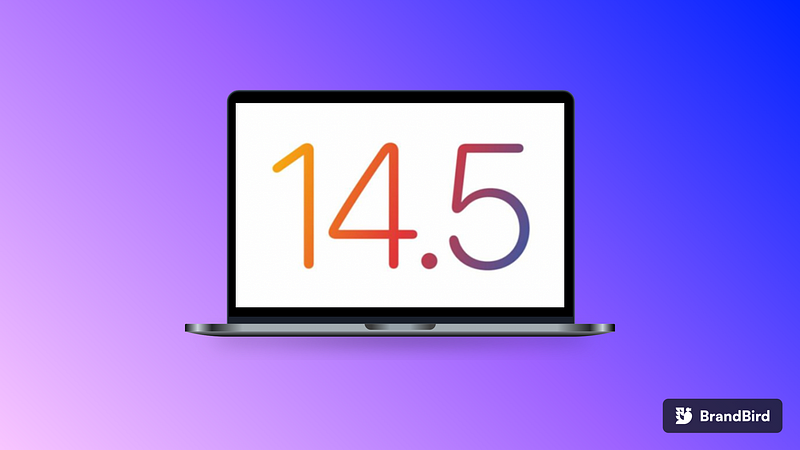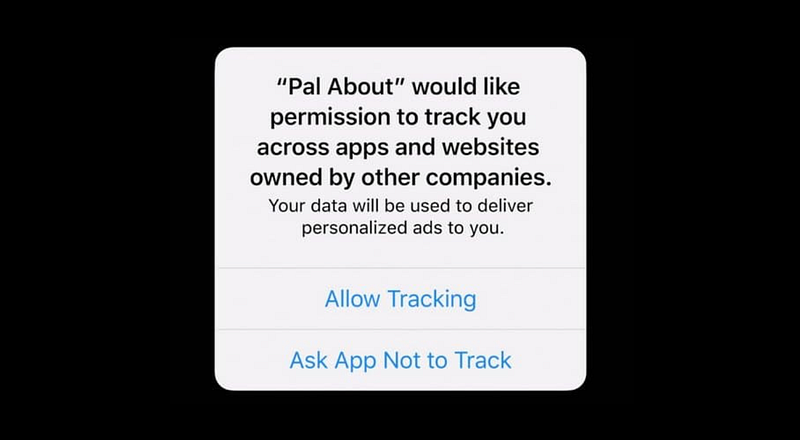Depending on the report 80–90% of users opted out of allowing Facebook to track them on iOS14.5 and onwards. Here is what this means for advertisers.
What happened?
Depending on the report 80–90% of users opted out of allowing Facebook to track them on iOS14.5 and onwards.

Why does it matter?
We now see how much Facebooks targeting algorithm depended on the information it derived from:
- Following users around the internet: with the FB pixel almost installed everywhere and FB can recognise users’ interests
- Facebook could easily recognise what users where in market for and therefore more likely to buy if put in front of an ad.
- Analysis of how far a user went through a sales funnel and retarget user with a brand interest while avoiding “window shoppers”.

But what about non-iOS users?
- iOS users tended to spend more and generated more revenue then non-iOS users
- iOS opt-outs means that a lot of information is lost about the highest revenue user segment.
- Higher competition for non-iOS users is going along with both, increased ad-spending and lower returns
So does this come down to?
Facebook can no longer track these users outside of their platform and understand what products a user is potentialy interested in. Therefore it can longer put “the right message, in front of the right person, at the right time”.
Facebook also lost of interest-category information for these users, meaning interest-groups have shrunk, leaving advertisers to compete for even fewer users when targeting — this is one reason Facebook made targeting expansion the default now.
A similar effect happened for lookalike audiences because of loss of information
How about Retargeting?
Retargeting campaigns have lost their high profitability in many cases because pixel-based retargeting audiences have shrunk. Also iOS 15 may affect using a customer list based retargeting because it replaces emails with Apple’s @privaterelay.appleid.com addresses that Facebook can’t match.
As a workaround however custom audiences can be created from complete customer records including name, address and phone number using Shopify apps like Facebook Custom Audience Sync.
What about Conversion API (cAPI)?
- Conversion API can help improve data quality in some cases e.g.where blockers are used
- Apple’s policy requires Facebook to ignore any data sent to it to identify individuals or devices for anyone that opted out, even when using Conversion API
(See FAQ here: https://developer.apple.com/app-store/user-privacy-and-data-use/)
What this means for Facebook’s Algorithm
- All this has been wreaking havoc with Facebook’s algorithm because they have lost a lot of the “right person, right message, right time” capabilities for a lot of users, leaving advertisers competing for fewer highly targeted users
- This has pushed Facebook to do things like use statistical modeling (i.e. educated guessing) and making audiences broader (e.g. audience expansion) — losing a lot of the magic of the FB algorithm from past times
How is Facebook adapting to this changes?
While Facebook strategy is less transparent, Google is developing ways to serve relevant adverts while protecting people’s privacy and personal data. Facebook is likely to follow suite. Two methods in development are Federated Learning of Cohorts (FLoC) and “First Locally-Executed Decision over Groups”Experiment” (FLEDGE).
FLOC aims to group people into tightly defined cohorts based on their browsing history. Advertisers can then bid based on FLOC IDs, but not on a personal behaviour level. Google’s proposal is publicly available on Github.
FLEDGE is about having a new trusted server designed purely to give limited data to bidding algorithms. The user’s data will remain shielded within the device, keeping control in their hands (Github).
How effective these strategies are however remains to be seen.
Conclusion: what can advertisers do?
For now everything comes down to the conclusion that cost of acquisition from cold traffic from outside Facebook’s platforms has gone up.
This means unless you already have well known brand, return on ad spend is going down. Having a known brand consequently means that traffic just less cold.
So what matter most now is to shift acquisition away from cold traffic, building better customer relation and focus on repeat customers. Optimised the post buying experience.
This also means going back to ‘classic’ marketing strategies like RFM customer segmentation. For this the weapon of choice are custom audiences that are created from complete customer datasets like Facebook Custom Audience Sync offers on Shopify.
